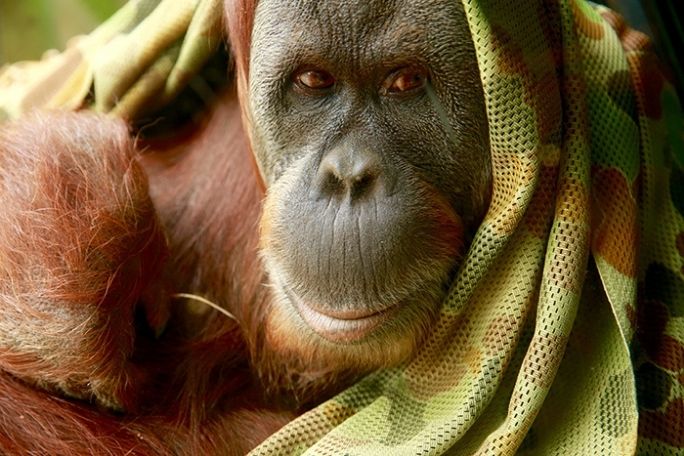Lesson summary
In this lesson, students investigate how and why zoos do conservation work. They begin by examining a series of positive and negative statements about zoos, including that zoos have an important role to play in conservation work. They then look at what is meant by ‘conservation’ and analyse the Philippines Crocodile conservation program in which Zoos Victoria are a conservation partner. Students then research an Australian animal involved in a conservation program and create a presentation to share with the class. Students can use an assessment rubric to assess the work of their peers.
Learning intentions:
Students will...
- understand what conservation is and what a conservation program involves
- understand why we need conservation programs for animals both in Australia and overseas
Success criteria:
Students can...
- participate in class discussions
- work collaboratively
- conduct research
- create and present a presentation
- apply critical thinking skills
Lesson guides and printables
Lesson details
Curriculum mapping
Australian curriculum content descriptions:
Year 5 Science:
- Living things have structural features and adaptations that help them to survive in their environment (ACSSU043)
Year 6 Science:
- The growth and survival of living things are affected by physical conditions of their environment (ACSSU094)
Syllabus outcomes: ST3-10LW, ST3-11LW
General capabilities: Critical and creative thinking, Ethical Understanding
Cross-curriculum priority: Sustainability OI.2, OI.7, OI.9
Relevant parts of Year 5 Science achievement standards: Students analyse how the form of living things enables them to function in their environments.
Relevant parts of Year 6 Science achievement standards: Students describe and predict the effect of environmental changes on individual living things.
Unit of work: Fighting Extinction – Primary
Time required: 80 mins
Level of teacher scaffolding: Medium – lead students in guided discussion, guide students through activities
Resources required
- Student Worksheets – one copy per student
- Device capable of presenting a video to the class
- Art materials
- One printed copy of the Learning Journal for each student (or invite students to access the Learning Journal used in the Tuning In lesson)
- Zoo Statements
- Consequence Chart
- Presentation Assessment Rubric
Skills
- Communication
- Creativity
- Critical thinking
- Empathy
- Ethical understanding
- Problem solving
Additional info
This lesson has been developed in partnership with Zoos Victoria. Zoos Victoria is a zoo-based conservation organisation whose mission is to fight extinction and support Victorians to be the world’s most wildlife friendly community through being caring, informed and active. Zoos Victoria operate three zoos: Werribee Open Range Zoo, Melbourne Zoo and Healesville Sanctuary. Click here to find out more about Zoos Victoria and their work on fighting extinction.


Welcome back!
Don't have an account yet?
Log in with:
By signing up to Cool.org you consent and agree to Cool's privacy policy to
store, manage and process your personal information. To read more, please see
our privacy policy here(Opens in new tab).
Create your free Cool.org account.
Many of our resources are free, with an option to upgrade to Cool+ for premium content.
Already have an account?
Sign up with:
By signing up to Cool.org you consent and agree to Cool's privacy policy to
store, manage and process your personal information. To read more, please see
our privacy policy here(Opens in new tab).